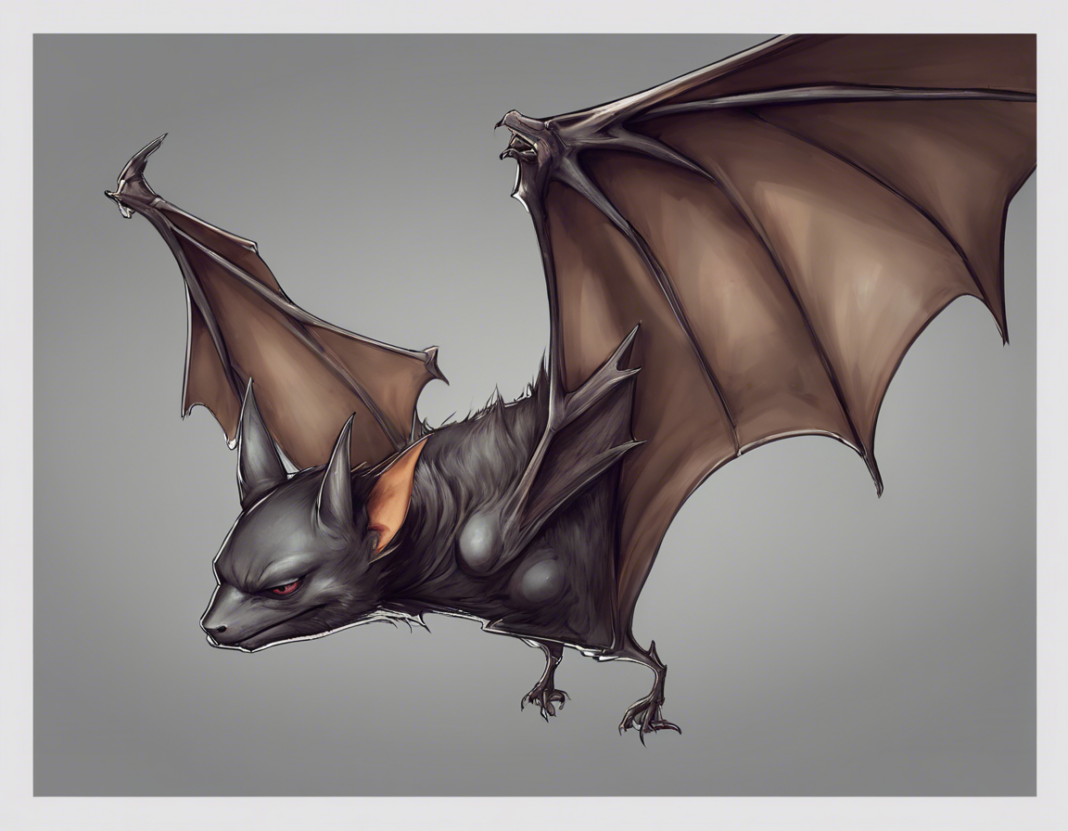Mdm Bat: Unlocking the Mysteries of a Unique Creature
Madagascar is a land of wonders, boasting a unique array of flora and fauna found nowhere else on Earth. Among these treasures is the enigmatic Madagascar flying fox (Pteropus rufus), more commonly known as Mdm Bat. This remarkable creature is a species of fruit bat that is not only the largest bat in Madagascar but also plays a crucial role in the island’s ecosystem. Join us on a journey to unravel the mysteries of Mdm Bat and discover the fascinating world it inhabits.
The Enigmatic Mdm Bat: An Overview
Mdm Bat, with its striking reddish-brown fur and impressive wingspan of up to 1.5 meters, cuts an impressive figure against the Madagascan sky. These fruit bats are primarily found in the eastern rainforests of Madagascar, relying on these lush habitats for food and shelter. Despite their formidable appearance, Mdm Bats are gentle creatures that primarily feed on nectar, pollen, and fruit, making them important pollinators and seed dispersers in their ecosystem.
Behavior and Ecology of Mdm Bat
In addition to their vital role as pollinators, Mdm Bats exhibit fascinating social behaviors that set them apart from other bat species. They are known to roost in large colonies, sometimes numbering in the thousands, in the canopy of trees. These roosting sites are not only crucial for their survival but also serve as important communal spaces where mating rituals and social interactions take place.
One of the most remarkable aspects of Mdm Bat behavior is their long-distance seasonal migrations. These bats undertake epic journeys across Madagascar in search of food sources, traveling hundreds of kilometers in a single night. This behavior not only highlights their adaptability but also underscores their importance in maintaining the health of Madagascar’s diverse ecosystems.
Conservation Status and Threats to Mdm Bat
Despite their ecological significance, Mdm Bats face numerous threats to their survival. Habitat loss due to deforestation, illegal hunting, and climate change are among the primary factors contributing to the decline of these majestic creatures. Conservation efforts are underway to protect their habitats and raise awareness about the importance of preserving the biodiversity of Madagascar.
The Cultural Significance of Mdm Bat
In addition to their ecological role, Mdm Bats hold a special place in the culture and folklore of Madagascar. In some local traditions, these bats are believed to possess supernatural powers and are revered as symbols of wisdom and guidance. Their presence in the rainforests is seen as a sign of harmony and balance in the natural world, further emphasizing their importance to the local communities.
Conclusion: Embracing the Wonder of Mdm Bat
In conclusion, Mdm Bat represents a fascinating intersection of ecology, culture, and conservation in the unique island of Madagascar. By delving into the world of these extraordinary flying foxes, we not only gain a deeper appreciation for the diversity of life on Earth but also recognize the urgent need to protect and preserve the habitats that sustain them. Let us continue to marvel at the wonder of Mdm Bat and work towards a future where these magnificent creatures can thrive for generations to come.
Frequently Asked Questions (FAQs)
1. Are Mdm Bats dangerous to humans?
– No, Mdm Bats are not dangerous to humans. They do not pose a threat and primarily feed on nectar, pollen, and fruit.
2. How big do Mdm Bats get?
– Adult Mdm Bats can have an impressive wingspan of up to 1.5 meters, making them the largest bats in Madagascar.
3. What is the conservation status of Mdm Bats?
– Mdm Bats are considered vulnerable due to habitat loss, illegal hunting, and climate change. Conservation efforts are crucial for their survival.
4. Do Mdm Bats migrate?
– Yes, Mdm Bats undertake long-distance seasonal migrations across Madagascar in search of food sources.
5. How do Mdm Bats contribute to the ecosystem?
– Mdm Bats play a crucial role as pollinators and seed dispersers, helping maintain the health and diversity of Madagascar’s ecosystems.

